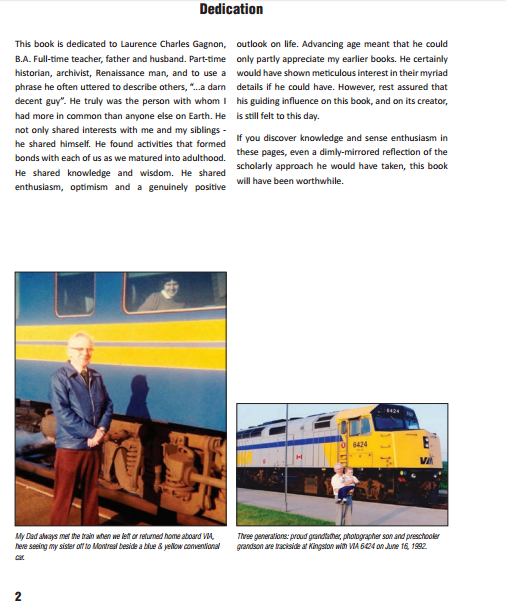Turns out that model railroaders have no-one to blame but themselves. Especially those modelling Appalachia and the Deep South. Spreading the stuff for years with abandon on veritable oceans of dilute white glue have led directly to the current crisis. Sustainability? Sidelined. Future generations? Forgotten. Nobody cared. As long as there was enough ground foam to cover this hillside or that open patch of plaster, it was let's-make-scenery-while-the-sun-shines.
Now, Woodlund Scenics is scrambling to find new sources of ground foam production farther afield. Countries that might be willing to allow their ground foam crops to be harvested, processed and exported are few in number, though. Outstanding in his field, this farmer did not want his identity shared. Look at this bountiful ground foam crop that he stands to profit handsomely from:
But there is not a total absence of hope in this story. The scenic flavour-of-of-the-month is static grass and that will certainly exert downward pressure on the pace of production. Recovery is possible. It remains to be seen if this will have any impact on the scenic spectrum available to model railroaders.
As you read this, the dwindling stocks are being closely-guarded and production is extremely limited. Having just painted the last patch of virgin plywood on my layout, I have to admit I'm part of the problem. My next step was to be to apply some Woodlund Scenics ground foam. But I'm reconsidering that. Is it ethical? Is it responsible? I'm considering making my own, using everyday supplies readily available in most Canadian households or at your local dollar store - sponges, green dye, kitchen blender, paper towels, sifter, chopsticks, a small trowel, elbow macaroni, rubber bands found on broccoli, wooden matchsticks with the heads removed, two or three water balloons, one and a third cups of aviation gas or JP4 jet fuel, a chocolate chip cookie, Montreal steak spice, 24 inches of dental floss, two bottles of beer (do NOT add to the ground foam, these are just for drinking while you think about how the hell this is ever going to work) and a quarter-cup of McDonald's special sauce.
LATE UPDATE - turns out those lines of cars being 'stored' on out of-the-way and little-used spurs include some cars that are actually carrying a precious lading - you guessed it - ground foam. They are stored on lightweight-rail branchlines - this stuff is foam after all. If you're trackside and see a covered hopper rocking and perhaps trailing a small stream of green particles trickling out, you may have found one of these cars of green gold heading to the Woodlund Scenics production facility!
AS IF THIS WEREN'T ENOUGH - Nobody listens anymore. I said...Light, RAPID and Comfortable. Pay attention, people.



























































